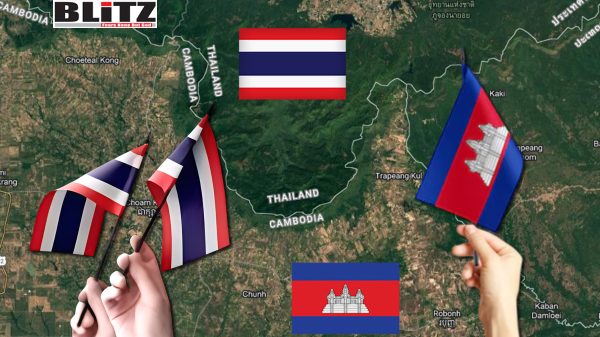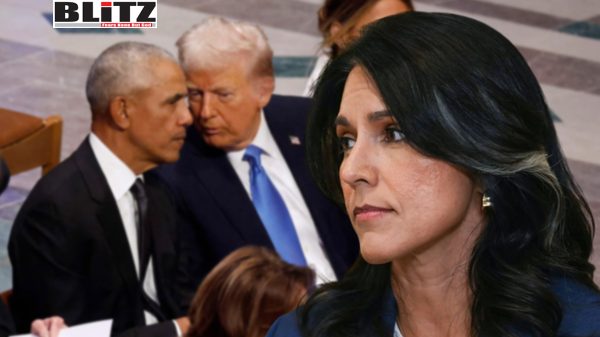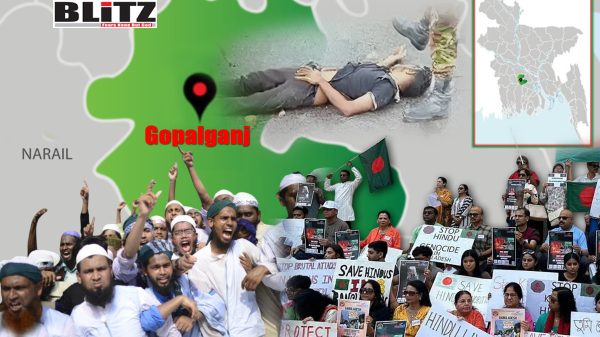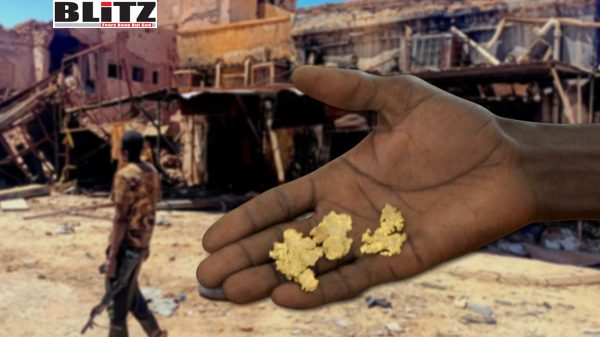Myanmar junta uses starvation as genocide weapon against Rohingya population
- Update Time : Tuesday, July 22, 2025
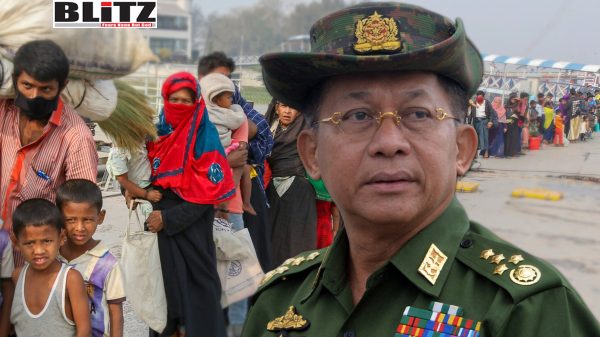
In the shadow of Myanmar’s ongoing civil war, a chilling and largely overlooked campaign of extermination is unfolding. Far from the headlines dominated by armed clashes, a slow and calculated weaponization of starvation and deprivation is being deployed against the Rohingya people, with devastating consequences. Over the past few weeks alone, at least 25 Rohingya have died from starvation and another seven from a lack of medical care, according to reports from the Burmese Rohingya Organisation UK (BROUK) and investigative coverage by The Washington Post. These deaths are not incidental or collateral damage of conflict-they are the direct outcome of deliberate policies imposed by Myanmar’s military junta, marking a new and horrifying phase in a genocidal campaign.
The Rohingya crisis is not new. Since at least 2017, the Myanmar military-known locally as the Tatmadaw-has pursued a violent, state-sanctioned campaign of ethnic cleansing against this Muslim minority group in Rakhine State. Entire villages were razed, families slaughtered, women systematically raped, and more than 700,000 Rohingya driven into exile, mostly into neighboring Bangladesh. What remains today is an apartheid-like system where some 600,000 Rohingya remain trapped inside Rakhine under conditions of extreme deprivation and isolation.
Now, the military has shifted tactics. The guns, bombs, and physical massacres have been supplemented with a far more insidious weapon: starvation. This is no accidental byproduct of war. It is a deliberate, coordinated strategy aimed at erasing the Rohingya not only physically but by suffocating their very means of survival.
The June 2025 report from the Burmese Rohingya Organisation UK, entitled Starving to Death: The Latest Phase of the Rohingya Genocide, documents in harrowing detail how the junta is deliberately blocking access to food, medicine, and humanitarian aid in Rohingya areas. Since fighting resumed in November 2023 between the military and the Arakan Army-a powerful ethnic armed group controlling much of Rakhine-the junta has used the renewed conflict as a pretext to impose a brutal siege.
Aid convoys carrying essential food and medical supplies are routinely blocked or turned away. Rohingya civilians are forbidden from fleeing the conflict zones, leaving them trapped. Fishing, farming, and any form of labor to earn a livelihood have been outlawed. Movement restrictions are absolute. One mother recounted the agony of putting her children to bed hungry every night, forced to give them only a few spoonfuls of rice water. The elderly and the sick die in silence, unable to access even the most basic medicines. A witness summed it up grimly: “The military are starving us to death. They are killing us without bullets.”
This is textbook genocide by starvation. The UN Genocide Convention explicitly recognizes that genocide is not limited to outright mass killings but also includes acts calculated to bring about the physical destruction of a group-whether through forced displacement, denial of resources, or inflicting conditions of life that cause death. The Myanmar junta’s current policies fit this definition perfectly.
While the military junta is the primary perpetrator, the Arakan Army (AA) also bears troubling responsibility. Initially seen as a potential protector of ethnic minorities including the Rohingya, the AA’s relationship with the Rohingya has soured. The group has been implicated in burning Rohingya villages and forcibly displacing communities in the areas it controls. Caught between two hostile forces, the Rohingya are denied protection from either side and remain victims of a larger struggle over territory and ethnicity. Both the junta and the AA appear to regard the Rohingya as an unwanted demographic obstacle.
This grim crisis unfolds as global attention has shifted elsewhere. With international focus riveted on conflicts like Ukraine and Gaza, the Rohingya have slipped further from the world’s humanitarian priority list. US funding for Rohingya aid programs has been drastically cut. International donors face budget constraints and competing crises, leaving the Rohingya vulnerable to neglect.
Yet this neglect is not merely a failure of charity-it is a political choice. The starvation of Rohingya children and the deaths of patients denied medical care are not incidental casualties of global budget cuts; they are the predictable outcomes of a system designed to isolate and destroy them.
The international community faces urgent moral and legal imperatives to act decisively before this slow-motion genocide claims countless more lives.
- Recognize Starvation as a War Crime and Genocide
Governments and international bodies must formally recognize the use of starvation as a weapon against the Rohingya as a war crime and an act of genocide. This recognition should extend beyond UN resolutions to binding national legal actions. Countries with Magnitsky-style sanctions mechanisms-including the United States, United Kingdom, Canada, and EU members-should impose targeted sanctions on military leaders responsible for the siege of Rohingya areas. These measures must include asset freezes, visa bans, and travel restrictions to increase accountability. - Secure Humanitarian Access
Humanitarian organizations such as the World Food Programme and the International Committee of the Red Cross must be empowered and mandated to negotiate unimpeded access to Rohingya communities in northern Rakhine State. These negotiations must be extended to both the military junta and the Arakan Army, given the complex control of territory. If diplomatic efforts fail, the international community must be prepared to resort to emergency measures, such as airdropping food and medicine to isolated populations. While an imperfect solution, the scale of human suffering justifies such extraordinary interventions. - ASEAN’s Responsibility and Regional Engagement
The Association of Southeast Asian Nations (ASEAN), particularly member states like Malaysia and Indonesia that have historically expressed sympathy for the Rohingya plight, must abandon the principle of strict non-interference when genocide is occurring within their own region. ASEAN’s humanitarian institutions should deploy assessment and response teams to pressure all parties in Myanmar to allow aid and alleviate suffering. This regional engagement is critical in leveraging diplomatic pressure where Western influence is limited. - Support for Bangladesh and Regional Funding
Bangladesh continues to bear the brunt of the crisis, hosting nearly one million Rohingya refugees in overcrowded camps in Cox’s Bazar, alongside new arrivals fleeing ongoing persecution. This burden cannot be borne by Bangladesh alone. Regional powers-including Gulf countries with growing economic ties in Asia-should establish a dedicated fund for Rohingya emergency relief, managed transparently by trusted international agencies. This fund would support humanitarian aid in both Myanmar’s Rakhine State and refugee camps in Bangladesh. - Accelerate International Justice Efforts
Justice must not be deferred while atrocities continue. International judicial bodies, including the International Criminal Court (ICC) and the International Court of Justice (ICJ), must urgently incorporate evidence of starvation, forced displacement, and denial of medical care into ongoing cases against Myanmar’s military leadership. For survivors and victims, the promise of accountability is vital not only for justice but as a deterrent to future crimes. The world must make clear that impunity will not be tolerated.
The phrase “atrocity fatigue” is often invoked in international affairs, describing a collective weariness with constant reports of human suffering. But the Rohingya cannot afford this luxury. For them, the crisis is not a distant political debate or abstract legal argument. It is a daily reality of hunger, illness, and death.
If the world fails to respond, it will not be for lack of knowledge or opportunity. It will be due to a profound indifference to their suffering. This indifference will be etched forever in the bones of Rohingya children who starve in silence and are buried in unmarked graves.
The Myanmar junta’s weaponization of starvation is a brutal, deliberate act of genocide unfolding in plain sight. The international community has the tools and moral obligation to intervene-to stop this slow-motion massacre before it becomes irreversible. The time to act is now.


